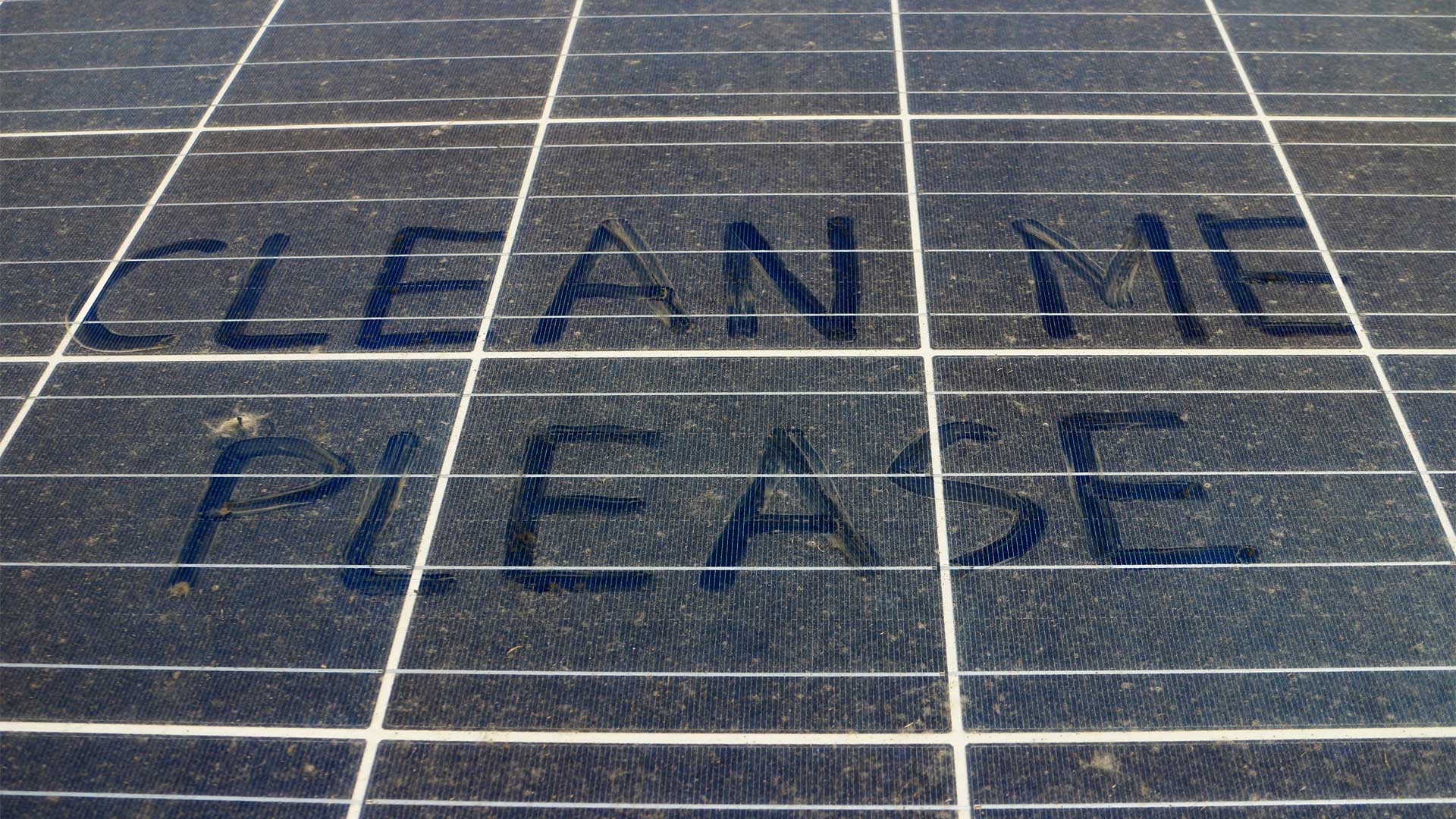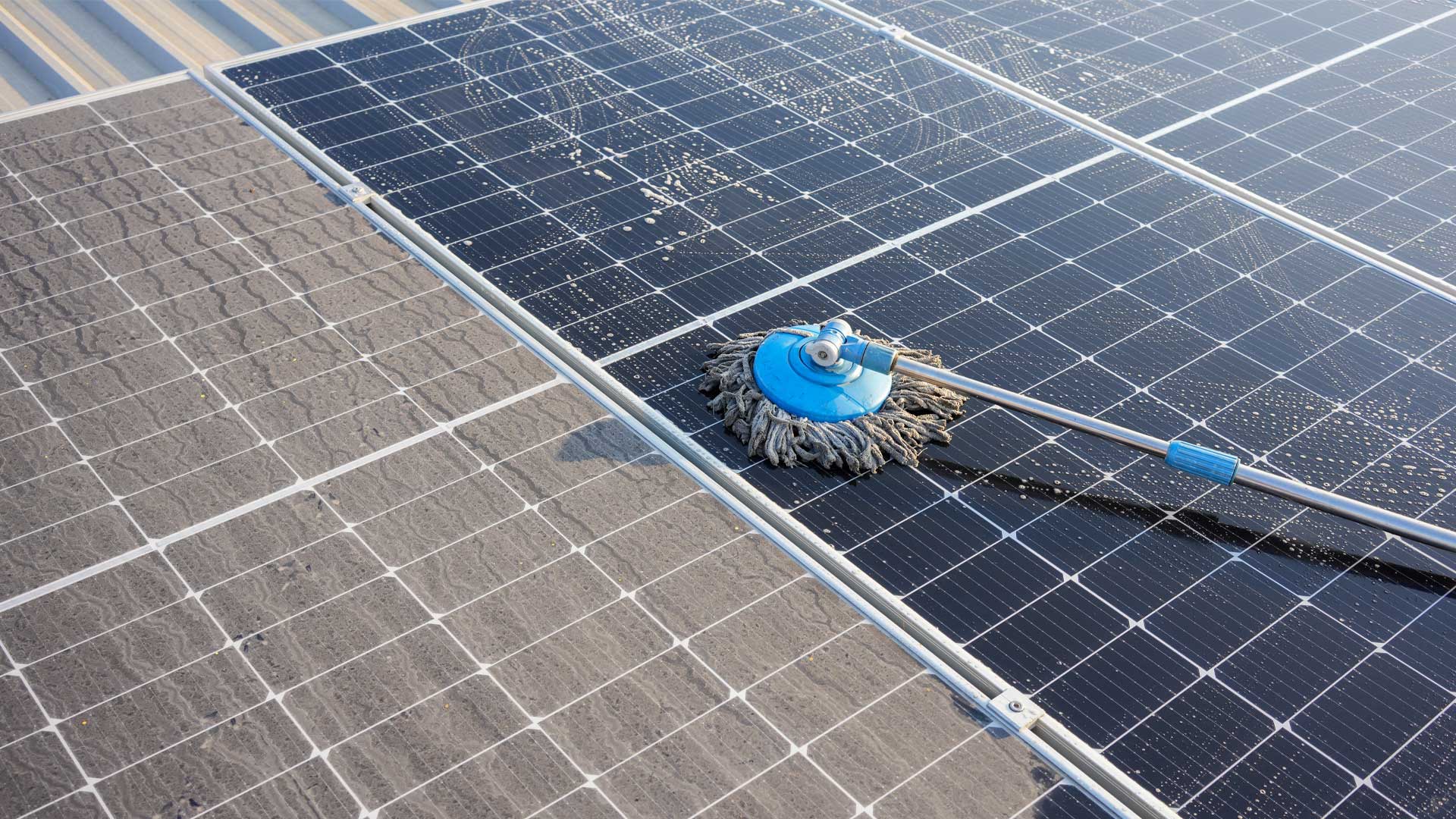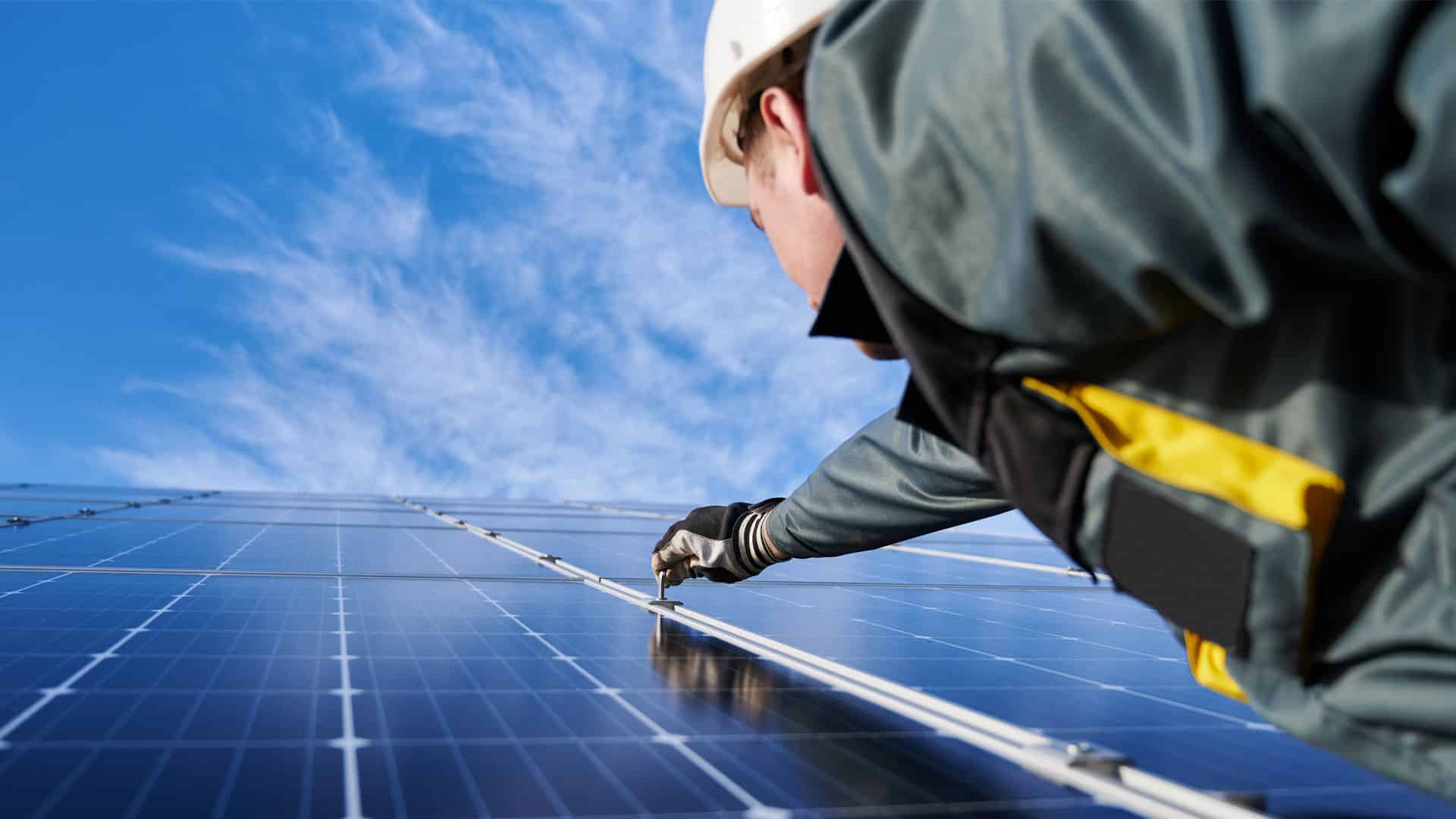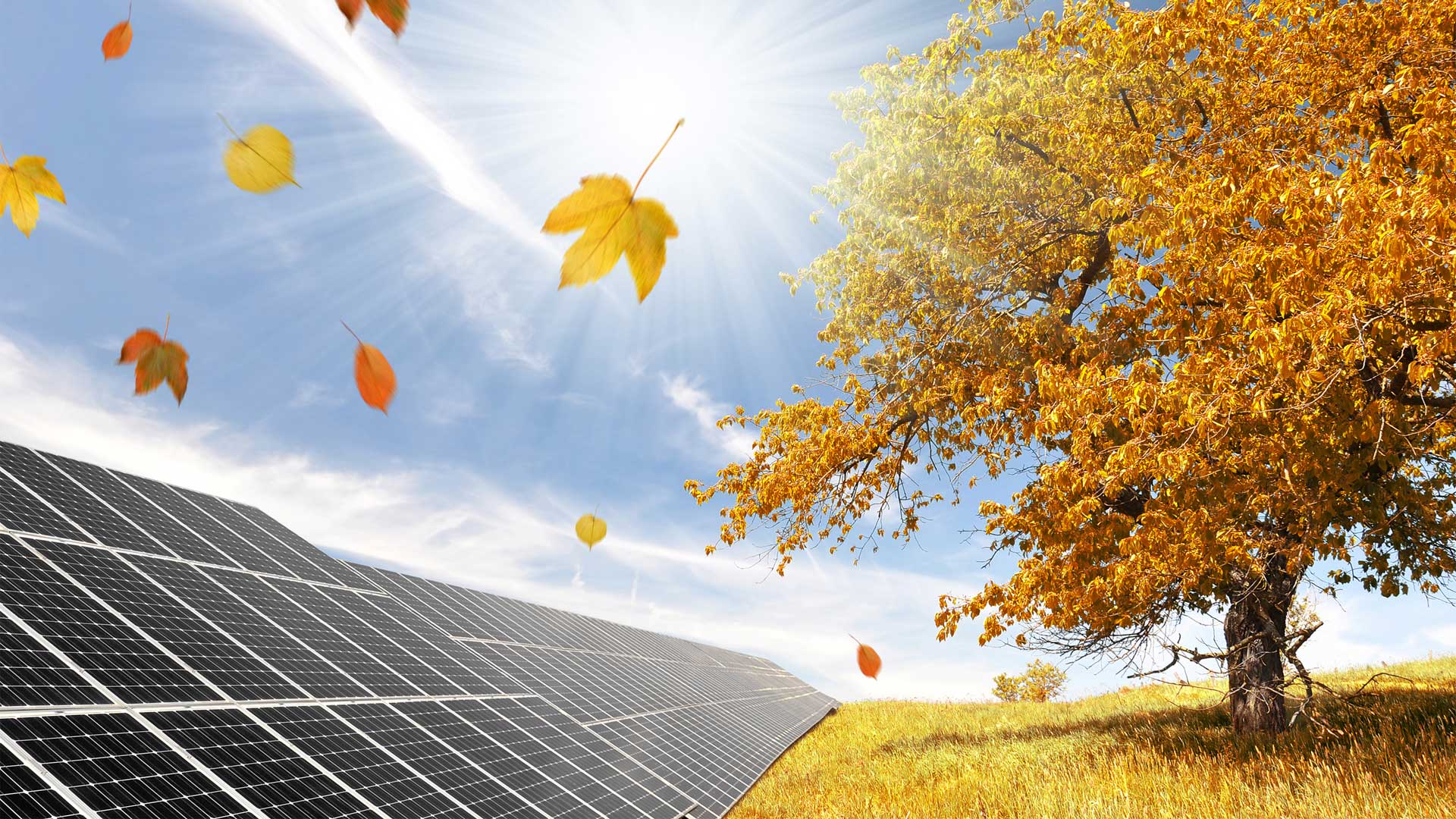Preparing Your Solar System for Fall – Maintenance Tips and Best Practices
The arrival of fall in Texas brings a welcome relief from scorching summer temperatures and provides the perfect opportunity for homeowners to ensure their solar panels are operating optimally. As temperatures in Texas finally begin to drop, solar panel maintenance becomes an important task for those looking to maximize energy generation and extend the lifespan of their solar system. In this article, we’ll delve into some maintenance tips and best practices specific to the fall season in Texas.
Clear the Debris: Cleaning Your Solar Panels Throughout the year, solar panels can accumulate various types of debris such as dust, dirt, pollen, leaves, and even bird droppings. These obstructions can block sunlight and reduce the efficiency of your solar system. Fall, in particular, can cause an increase of leaves falling onto your panels, so keeping them clean is essential.
Throughout the year, solar panels can accumulate various types of debris such as dust, dirt, pollen, leaves, and even bird droppings. These obstructions can block sunlight and reduce the efficiency of your solar system. Fall, in particular, can cause an increase of leaves falling onto your panels, so keeping them clean is essential.
Here are some cleaning tips for fall:
- Regular Cleaning: Make a schedule to clean your solar panels regularly. Depending on the climate and the surrounding environment, this may be as often as once every few months.
- Gentle Cleaning: Use a soft brush or a sponge with mild detergent to clean the panels. Avoid abrasive materials that can scratch the glass.
- Rinse Thoroughly: After cleaning, rinse the panels thoroughly to remove any residue.
- Safety First: When cleaning solar panels, safety is paramount. If your panels are hard to reach or the roof is steep, consider hiring a professional for this task.
Inspect for Damage and Wear Fall is an ideal time to perform a comprehensive inspection of your solar panels. As the cooler temperatures set in, conduct a thorough check to ensure all components are in good working condition. Look for any signs of damage, wear, or aging.
Fall is an ideal time to perform a comprehensive inspection of your solar panels. As the cooler temperatures set in, conduct a thorough check to ensure all components are in good working condition. Look for any signs of damage, wear, or aging.
Check for the following:
- Physical Damage: Inspect the panels for any visible cracks, chips, or other physical damage that may affect their performance.
- Wiring and Connections: Ensure that all wiring and connections are secure and free from corrosion or damage.
- Inverter Check: Examine your inverter to ensure it is operating properly and that no warning lights are illuminated.
- Shade Assessment: As the sun’s angle changes in the fall, assess if there are any new sources of shading that may affect panel efficiency.
Optimize Panel Angles for Fall Sunlight As seasons change, so does the sun’s angle hitting your solar panels, so optimizing the angle at which your solar panels receive sunlight can have a significant impact on energy production. Panels should be tilted to ensure they receive sunlight at a perpendicular angle as often as possible.
As seasons change, so does the sun’s angle hitting your solar panels, so optimizing the angle at which your solar panels receive sunlight can have a significant impact on energy production. Panels should be tilted to ensure they receive sunlight at a perpendicular angle as often as possible.
Here’s how to adjust your panels for fall:
- Consult with Your Installer: Reach out to your solar installer or manufacturer for guidance on the optimal angle for your specific location.
- Seasonal Adjustments: Some solar panel installations are designed with adjustable angles to optimize for different seasons. If this is the case, make the appropriate adjustments.
- Remove Obstructions: In the fall, nearby trees that didn’t block the sun in the summer can create shading because of the sun’s changing position in the sky. Ensure that trees or other obstructions aren’t blocking your panels.
Prepare for Fall Storms and Extreme Weather
While fall in Texas is generally milder than summer, it’s not without its share of weather challenges, including thunderstorms and occasional heavy winds. These weather events, as well as more frequent extreme weather in the winter, can pose a threat to your solar installation.
To prepare for fall and winter storms:
- Secure Loose Components: Check that all components, including panels and mounts, are securely fastened to your roof or support structure.
- Trim Nearby Trees: Prune any overhanging tree branches that could break during a storm and damage your panels.
- Backup Power: If you have an energy storage system, ensure it is fully charged and ready to provide backup power in case of an outage.
Schedule Professional Maintenance While many maintenance tasks can be handled by homeowners, it’s recommended to schedule professional maintenance at least once every few years. Professional technicians have the expertise to identify potential issues and ensure your system is operating at its best.
While many maintenance tasks can be handled by homeowners, it’s recommended to schedule professional maintenance at least once every few years. Professional technicians have the expertise to identify potential issues and ensure your system is operating at its best.
Professional maintenance should include:
- Electrical Inspection: A thorough check of the electrical components, including wiring, connections, and the inverter.
- Performance Testing: To ensure that your solar system is generating the expected amount of energy.
- Cleaning and Panel Inspection: Professionals can clean your panels and perform a comprehensive inspection, including checking for hot spots or microcracks.
Although many solar companies focus solely on installation, NATiVE understands the value of regularly servicing solar arrays. That’s why we have a dedicated service team that can help maintain and fix any potential issues with your solar system, regardless of if it was installed by NATiVE. To schedule maintenance with us, fill out our service request form here.
Keep Your Solar Panels Operating at Their Best
Fall in Texas presents an excellent opportunity to enhance the efficiency and longevity of your solar panels. Regular cleaning, thorough inspection, optimizing panel angles, and preparing for extreme weather can help ensure your solar system continues to operate at its prime. By following these maintenance tips and best practices, you can ensure that your solar system continues to thrive and deliver maximum energy savings throughout the fall and beyond.

































Leave A Comment